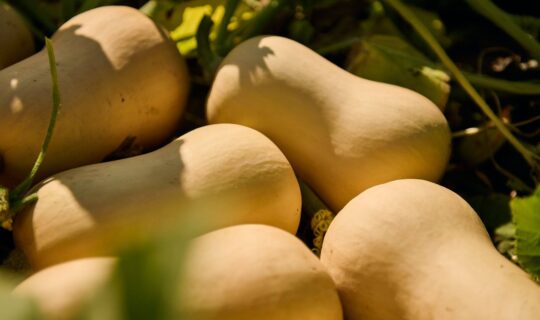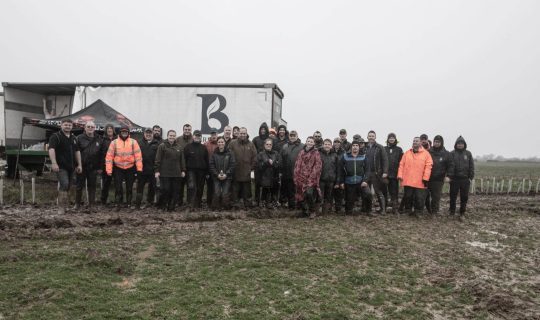The next step in our sustainability journey: Water Treatment Plant
We are delighted to report that our water treatment plant (WTP) is now up and running. It is currently taking all the waste factory water from Sefter South (not sewage) and Sefter North will soon follow once we have completed some works on the drains. You will have noticed (and no doubt heard) the concrete being dug up by the pond.
The WTP works in the following way:
1) Waste water from the factory (effluent) is collected and pumped to the WTP, located ½ way between Sefter and Little Sefter along the track.
2) The incoming effluent is then screened through a filter that removes any small bits of vegetable matter (sweetcorn silks, kernels, butternut pieces etc). These vegetable bits aren’t wasted, but fed into the AD plant to create more energy. The filtered effluent is stored in a balance tank awaiting treatment.
3) The effluent in the balance tank is filtered again before entering a big bioreactor. The bioreactor is basically a big tank that has large amounts of air bubbled through it, stirring it up and aerating the contents. Aerobic bacteria breakdown the contents into basic components, like carbon dioxide.
4) We then pass the contents of the Bioreactor through an Ultra Filtration System that filters everything out, including any bacteria, leaving clean water. This water will then be stored in our reservoirs and used to irrigate our crops.
The water treatment plant will be capable of taking all of the waste water we currently produce from Sefter North and South and is expandable to cope with anything we choose to build in the future. Currently it can treat 300 cubic meters a day, enough to fill an Olympic sized swimming pool in a week. We’ve incorporated into the design the option of adding a further process, called Reverse Osmosis, which would allow us to turn the clean water into drinking water.
The water treatment plant adds further to Barfoots’ sustainability credentials, demonstrating how we continue to lead the way. Not only does this water treatment plant help the environment, but also saves us nearly £300,000 per year in sewage bills every year.
Huge thank you to everyone involved in bringing this project into fruition.




